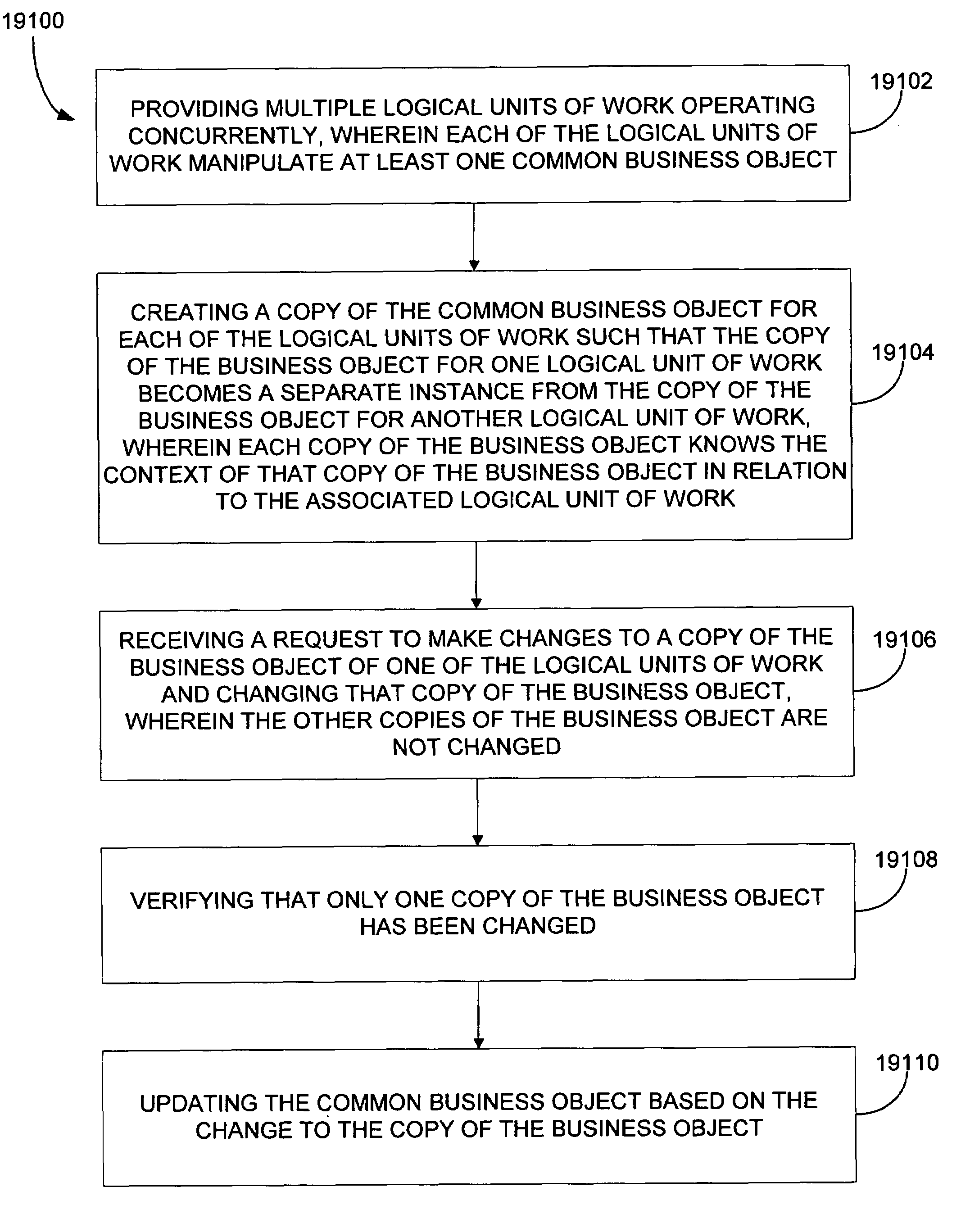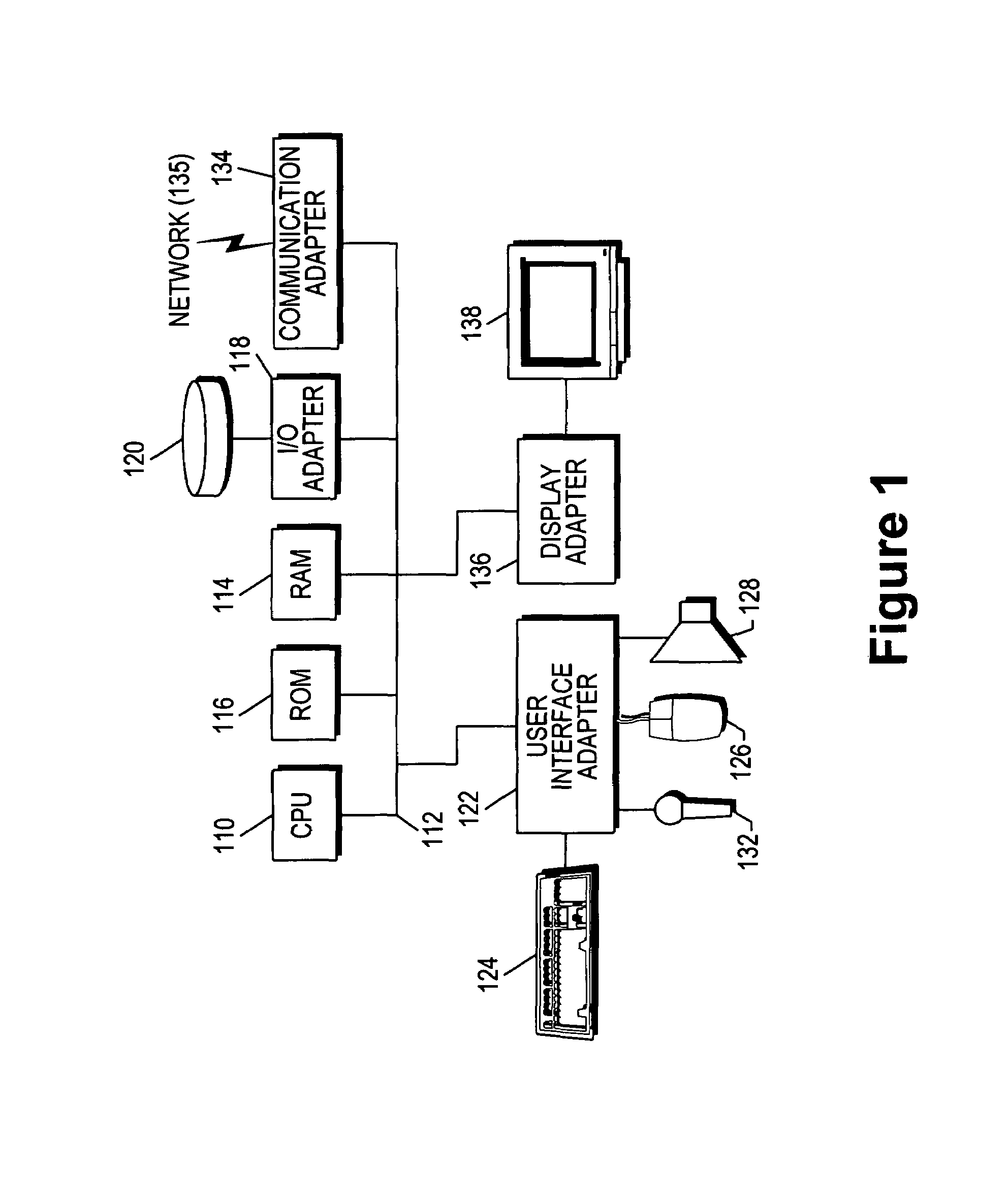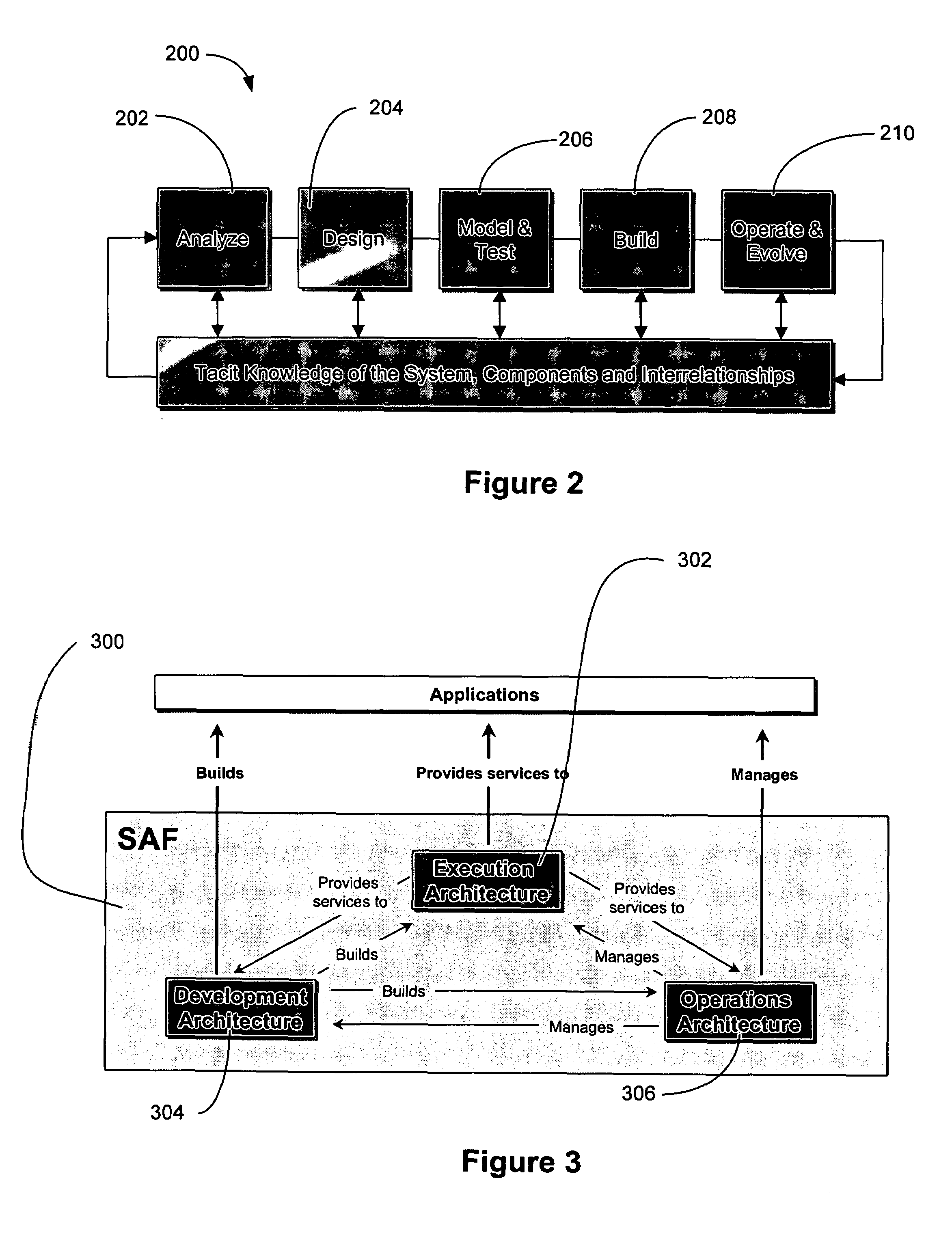However, many other architecture requirements might later affect each
setter or
getter.
Such changes
impact application developers during coding and maintenance.
These methods do not have excess architecture code to detract from the purpose of the method.
Difficulties arise during implementation of these mechanisms with respect to type constraints,
visibility, and
type checking.
This can result in name collisions.
However, they are global variables and they are not automatically recreated when you file in code that depends on them.
Even though component-based design has simplified distribution, it has not guaranteed success.
Networks introduce performance issues and failure conditions that didn't exist in non-distributed solutions.
If a solution is to be successful, these issues can't be ignored.
The majority of today's clients have existing computer systems that cannot be easily rewritten or ignored.
The cost of locating a remote service and establishing a connection to that service can also be a costly endeavor.
However, such
middleware is not always available, or directly applicable.
While they all share a common solution to a common problem, the solutions present different tradeoffs between implementation simplicity, performance and flexibility.
This language mismatch can cause problems in distributed systems that use more than one language.
However, if the services don't exist in the lookup or naming service, the
client still can't find and use the service.
Until that time, a
client can't find the operations and can't use them.
Commonly hosted on mainframes, Legacy Systems often communicate through proprietary protocols, have no standard data or process APIs and don't integrate easily with component based systems.
A
legacy system is an existing
system that does not conform to the technology, architecture and standards of the current project.
As a result, communicating between a newly developed component and a
Legacy System is very difficult.
They are tightly controlled to reduce the incidence of
system failures and clients may be unwilling or unable to replace these older systems.
New applications could be developed on the mainframe
system, however, this generally is not considered strategic and takes a lot of time and effort.
As a result, the current Legacy Systems represent significant investments, are often crucial to a business and aren't easily replaced.
Investing in new Legacy applications isn't practical or strategic and Legacy Systems can't communicate with newer componentized systems.
This may be necessary with legacy systems which must be leveraged, but can not be modified and provide no common API set.
In this case, the operations tools specifically designed for administering a system.Large number of interfaces—If the component design calls for a large number of interface instances (objects), then it would be detrimental to use the GAI pattern.
The sheer number of interfaces could overcrowd and
overburden the Naming or Trader service.
Additionally, the system would slow down as every
client attempted to access the Naming or Trader service for every interface.
Thus, it's sometimes best to keep interfaces with limited appeal out of a Naming or Trader Service.
It doesn't make sense and causes additional administration.
The services on a GAI 8604 are generally stateless and potentially shared by many clients.
If an object is associated with a lot of other objects (an order holds a customer and an address and a
line item etc.), it isn't practical to copy all of the objects to the client.
When transmitting data across a network between a client and
server application, the
middleware's “
type system” does not always support null values.
This is not an
ideal solution as the system is using data to represent non-data.
Applications that don't meet this criteria, will not be successful.
When the query results in a large amount of data, the time to search the
database and return the data across a network can become prohibitive.
As a result, the UI
response time will quickly degrade to an unacceptable level.
As a result, the user may wait a long time for data that is not used.
The lifetimes of the client and its servers are often different as a result of
server maintenance and failures.
However, such failures should have minimal
impact on the client.
Also, due to synchronization issues with the rest of the architecture, there can be only one allocation
queue.
In a constantly changing system, a statically defined “shared format” doesn't work very well.
If the “shared format” for converting dog objects to
raw data is inflexible, this will break the system.
Some communications mediums, however, do not inherently transmit the formatting information with the data.
Other types of middleware, however, do not provide this full range of functionality.
Lower level communication protocols like TCP and UDP as well as higher-level protocols like HTTP and
telnet do not provide support for sending data structures.
Additionally, popular message queuing
software (IBM'S MQSeries and BEA MessageQ) and many custom communications mechanisms are lacking support for transmitting structured data across the network.
In object-based systems, issues with conveying meta-data are even more prevalent.
Buffers are quite dumb and don't understand anything about their
raw data.
Depending upon the speed of the network and the number calls across the network, an application can experience performance problems.
Depending upon the size of the message and the speed of the network, this could take a long time.
When a client-
server application is introduced to the world of distributed objects, the network can become an even larger
bottleneck.
Unfortunately, it makes it easier for the application developer to forget about the physical realities of the network.
Ignoring this reality may result in an unacceptably slow application.
On a slower LAN, any WAN or when the number of network calls is large, this pattern will yield unacceptable
network performance.
Without this pattern, the network traffic can become prohibitive and the performance would suffer.
 Login to View More
Login to View More  Login to View More
Login to View More 


